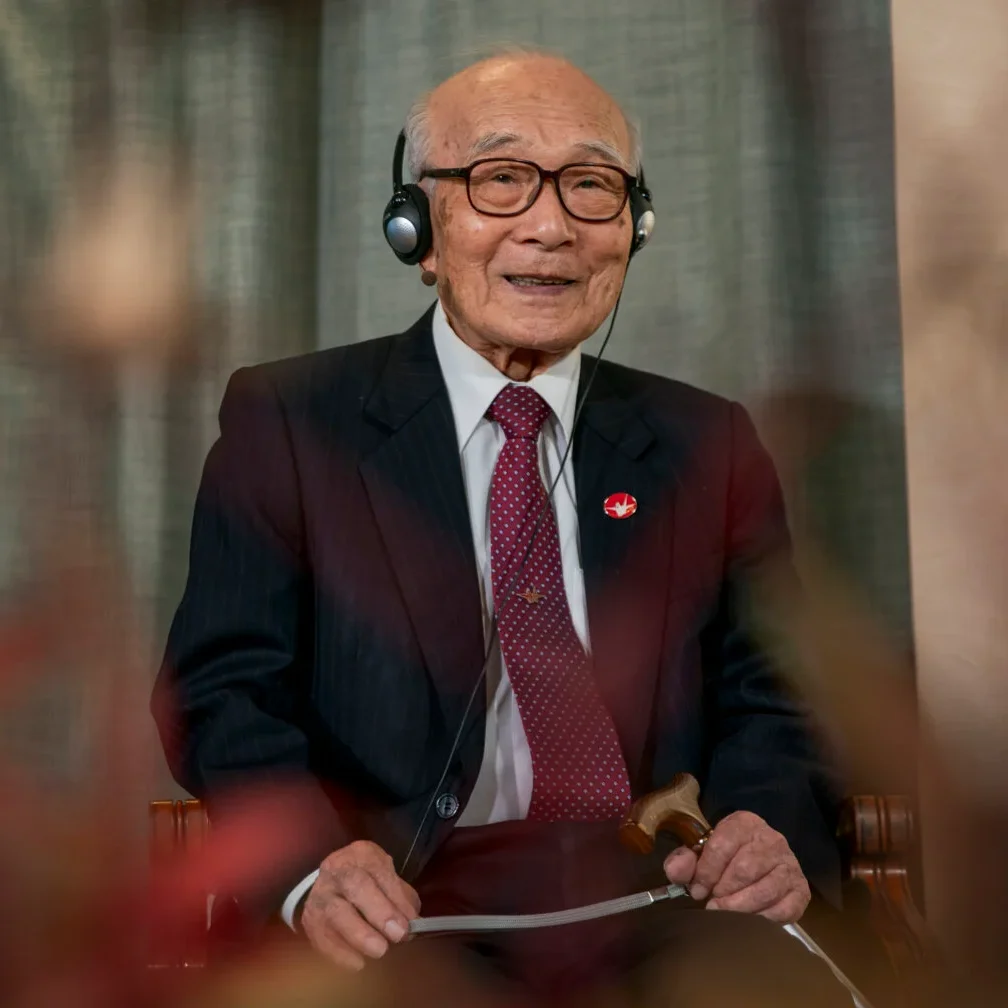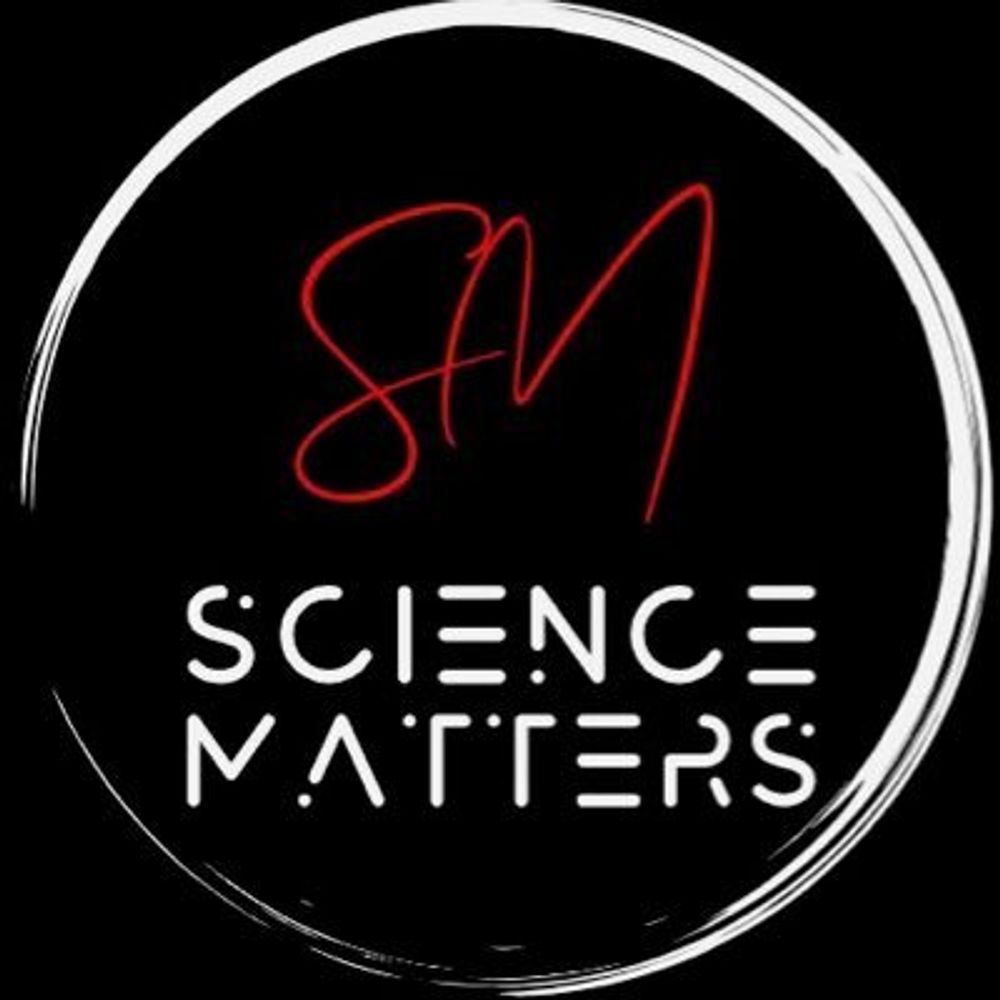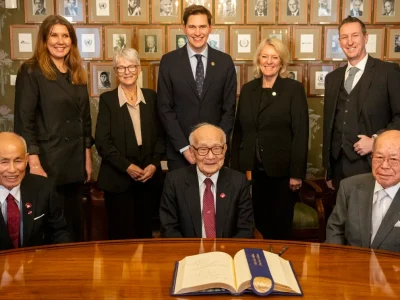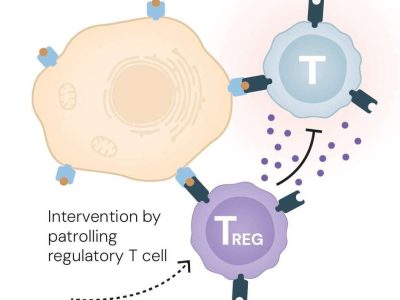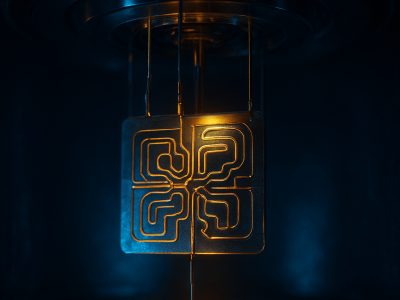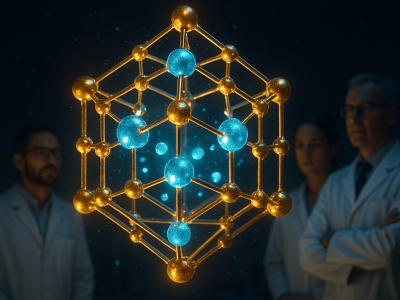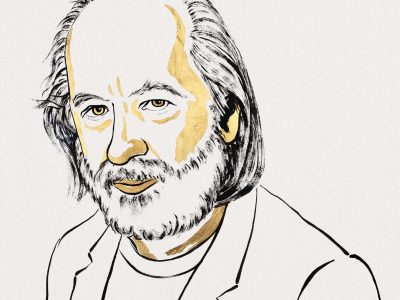The Norwegian Nobel Committee awarded the 2024 Nobel Peace Prize to Nihon Hidankyo, a Japanese organisation founded by survivors of the 1945 atomic bombings of Hiroshima and Nagasaki. Recognised for its “efforts to achieve a world free of nuclear weapons” and its use of firsthand testimonies to warn humanity, the prize arrives amid escalating global nuclear tensions. With an average age of 85, the surviving Hibakusha (atomic bomb victims) face a race against time to ensure their stories outlive them.
Who is Nihon Hidankyo?
Established in 1956, Nihon Hidankyo (Japan Confederation of A- and H-Bomb Sufferers Organisations) emerged as a collective voice for Hibakusha demanding state compensation and nuclear abolition. Its founding followed the 1954 Bikini Atoll hydrogen bomb tests by the United States, which exposed Japanese fishermen to lethal radiation and sparked nationwide protests. The organisation’s early campaigns secured limited healthcare laws for survivors, though broader compensation demands were rejected.
Over the decades, Nihon Hidankyo evolved into a global advocate. It mobilised 13.7 million signatures for the 2017 Treaty on the Prohibition of Nuclear Weapons (TPNW), adopted by 122 United Nations member states. Today, it collaborates with international NGOs to preserve survivor testimonies and lobby governments, including nuclear-armed nations, to dismantle arsenals.
Terumi Tanaka’s Nobel lecture: A survivor’s plea
Terumi Tanaka, 92, co-chair of Nihon Hidankyo, delivered the Nobel lecture in Oslo on 10 December 2024. A Nagasaki survivor, he recounted losing five relatives in the bombing. At 13, he witnessed “corpses lying scattered” and people “burned alive, left with no help”. His testimony detailed the bomb’s three-pronged destruction: shockwaves (50% of energy), heat rays (35%), and radiation (15%). These forces caused immediate deaths and lifelong illnesses like leukaemia and organ damage.
Tanaka emphasised the inhumanity of nuclear weapons, stating, “Even in war, such suffering must never happen.” He warned that 12,000 warheads remain globally, with 4,000 operational. Modern thermonuclear weapons, he noted, are hundreds of times deadlier than the 1945 bombs. “Humanity cannot coexist with such tools of annihilation,” he declared.
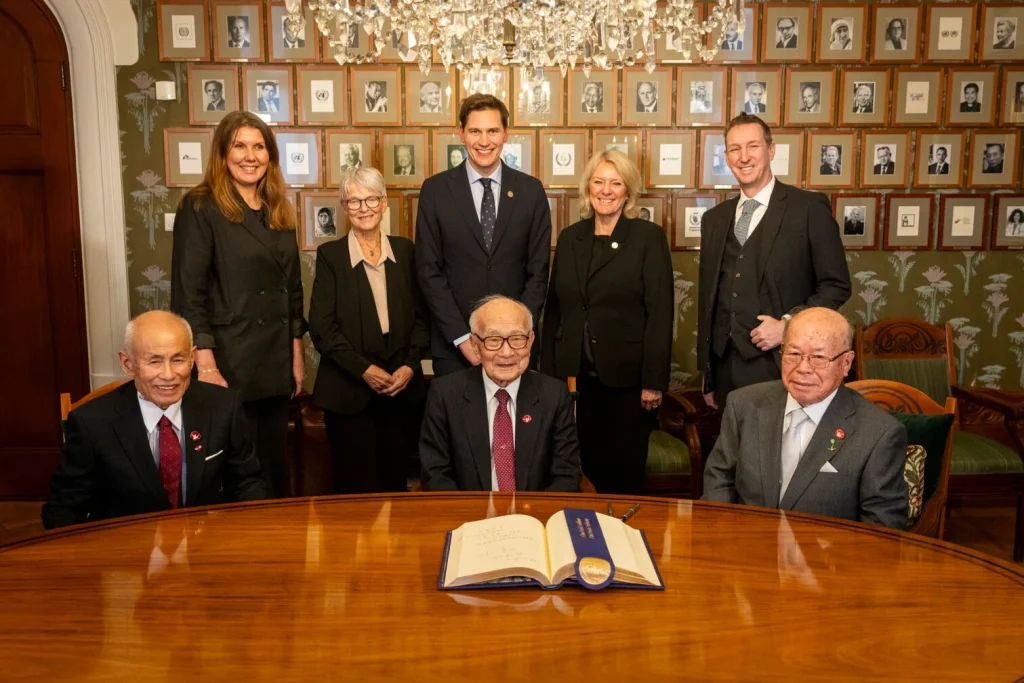
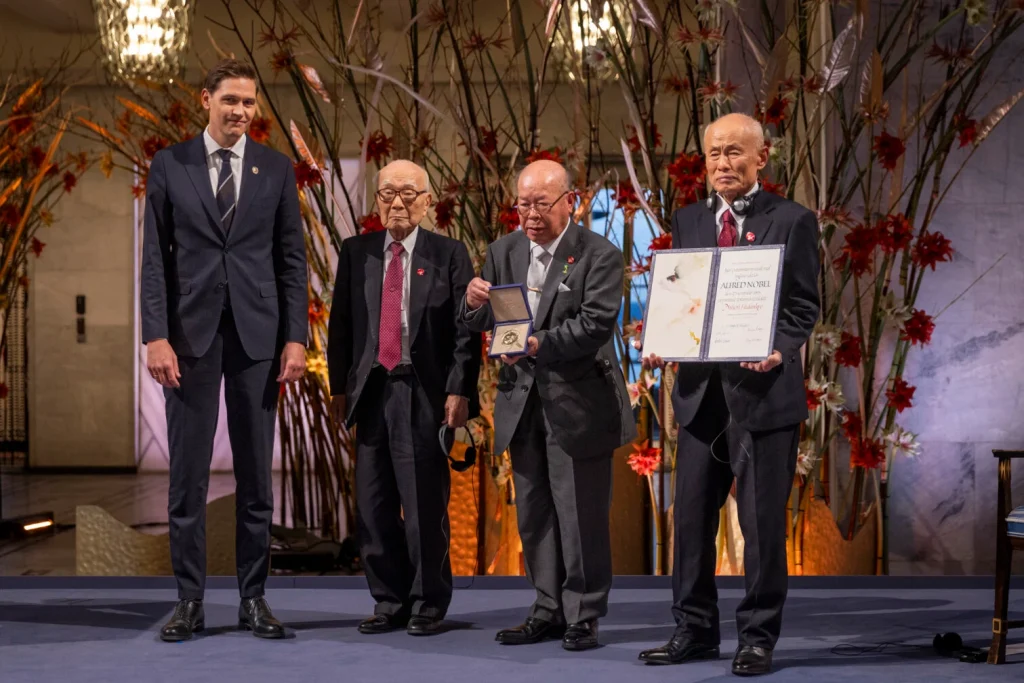
The Hibakusha’s forgotten struggle
For seven years after World War II, occupying forces silenced survivors. The Japanese government initially dismissed their demands, framing wartime suffering as a “shared national sacrifice”. Hibakusha faced discrimination in employment and marriage due to radiation stigma. Many hid their status until the 1954 Bikini Atoll incident reignited public sympathy.
Nihon Hidankyo’s 1985 nationwide survey revealed systemic neglect: survivors endured chronic illnesses, psychological trauma, and poverty. While laws like the 1994 Atomic Bomb Survivors Relief Law provided healthcare, they excluded overseas Hibakusha. Korean survivors repatriated after the war, for instance, received no support until 2003, when Nihon Hidankyo pressured Japan to extend aid.
The fading nuclear taboo and modern threats
The Nobel Committee praised Nihon Hidankyo for reinforcing the “nuclear taboo”, the moral norm against atomic weapons. However, this taboo is eroding. Russia has repeatedly threatened nuclear strikes in Ukraine, while a 2023 statement by an Israeli official hinted at nuclear options in Gaza. Nine nations currently possess nuclear arms, and arsenals are being modernised, not reduced.
Jørgen Watne Frydnes, Nobel Committee chair, warned, “Today’s nuclear weapons could kill millions instantly and trigger climatic catastrophe.” The Hiroshima and Nagasaki bombs killed 210,000 by 1945’s end; modern warheads could dwarf this toll. Frydnes stressed that disarmament is “a precondition for humanity’s survival”.
Exclusive interview: Masako Wada’s urgent appeal
In a post-announcement interview, Masako Wada, a Nihon Hidankyo advocate, described the Nobel win as “unexpected but deserved”. She urged nuclear states to join the TPNW, lamenting that “the world is moving backward”. Referencing Ukraine and Gaza, she stated, “Humanity must not fall into darkness. Our mission is to keep sharing stories until nuclear weapons vanish.”
Wada highlighted generational shifts: younger Japanese now lead “memory projects” to digitise testimonies. However, she stressed that global citizens must pressure leaders. “Silence is complicity. Every voice matters,” she said.
Why 2024 marks a turning point
The Nobel Prize coincides with the 80th anniversary of the Hiroshima and Nagasaki bombings (2025). With most Hibakusha in their 80s, the award amplifies their final campaigns. It also critiques stagnant disarmament efforts: the 1968 Nuclear Non-Proliferation Treaty (NPT) has failed to curb stockpiles, and no nuclear state has joined the TPNW.
Experts argue the prize could reinvigorate diplomacy. Beatrice Fihn, former ICAN director, stated, “Nihon Hidankyo reminds us that survivors’ testimonies are our strongest tool against apathy.” Meanwhile, the UN plans a 2025 summit to address rising nuclear risks linked to AI and cyber warfare.
The Nobel Committee ended its announcement with a challenge: “Will we choose progress or annihilation?”
Reference
Nihon Hidankyo – Nobel Prize lecture. NobelPrize.org. Nobel Prize Outreach 2025. Fri. 28 Feb 2025. https://www.nobelprize.org/prizes/peace/2024/nihon-hidankyo/lecture/

